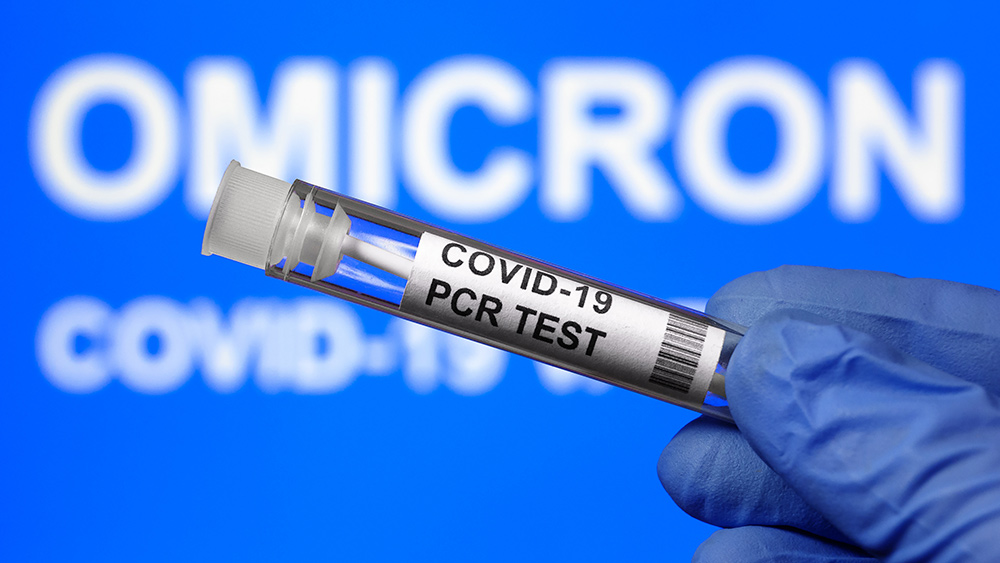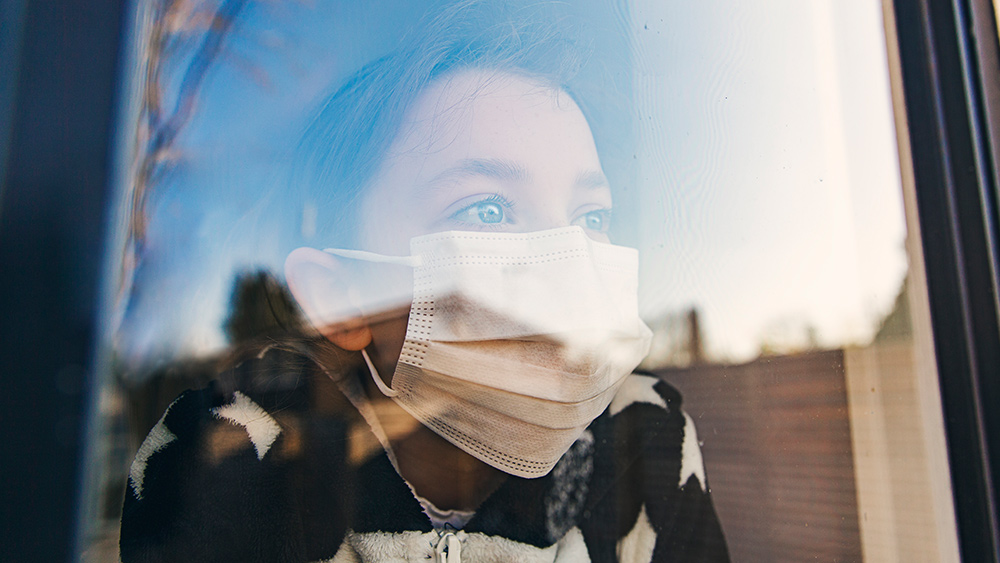Oregon hospital reports outbreak of rare fungal superbug
01/05/2022 / By Cassie B.

Health officials are on alert after patients at an Oregon hospital developed a rare but dangerous fungal infection known as Candida auris.
Candida auris is a type of yeast that is considered very rare in the United States, and the initial case in the outbreak at Salem Health was the first ever detected in the state of Oregon. The case, which was identified on December 11 and confirmed on December 17, was found in a person who had “recent international healthcare exposures.”
In late December, two other already-hospitalized patients at the facility came down with the same infection. Salem Health worked with the Oregon Health Authority to notify healthcare facilities who had received transfer patients from the units that were affected in hopes of limiting the outbreak.
Candida auris is a fungus that can cause infections in wounds and the bloodstream. It is considered particularly dangerous for hospital patients and people in nursing homes who have weakened immune systems, tubes or lines entering their body, or serious medical conditions. However, they emphasize that the risk of infection to people who are otherwise healthy is considered “extremely low.”
The CDC says that the yeast poses a “serious global health threat,” but only around 1,150 clinical cases have been identified in the U.S. since 2013. However, its ability to cause serious infections and rapid transmission is cause for concern. It was first identified in 2009 in Japan and can spread quickly through healthcare settings, where it leads to invasive infections. It is known for being difficult to diagnose. Specialized lab work is required to diagnose it, which is a significant problem considering the fact that quick action is crucial in stopping it from spreading. Moreover, most of its strains are resistant to one or more antifungal drugs.
According to the CDC, 30 to 60 percent of people who have contracted Candida auris have died. However, the agency pointed out that many of these individuals were already at an increased risk of death due to serious illness because it typically preys on patients who already have a compromised immune system or serious medical condition.
Salem Health reports that the people who are affected at their facility have been responding to existing treatments. Meanwhile, the hospital is working with the CDC and the Oregon Health Authority to put a plan in place to stop it from spreading. Some of the measures being used so far include ensuring patients’ healthcare environments are frequently disinfected, treating those infected or colonized with the yeast with transmission-based precautions, and adhering to strict hand-washing protocols.
Difficult to diagnose and quick to spread
One thing that makes Candida auris difficult to diagnose is the fact that its symptoms can vary and are similar to those of other illnesses. The most common symptoms are chills and fever that do not respond to antibiotics. It may cause infections in the ears, wounds or bloodstream. Many infections will respond to treatment with antifungal medications in the echinocandin family, but some of its strains are known to resist all three main classes of drugs and require high doses of several medications to treat.
Earlier this year, the CDC identified two independent outbreaks of pan-resistant strains of Candida auris at two acute care hospitals in Texas and a Washington, D.C. long-term care facility.
Although only a few cases have been detected so far in the Oregon outbreak, the fact that a superbug that preys on people with weakened immune systems is spreading at the same time that much of the population is getting vaccines that are known for weakening immune systems means that it is something that patients and healthcare workers need to be looking out for so it can be stopped before it spreads and puts more people at risk.
Sources for this article include:
Tagged Under: Candida auris, CDC, Dangerous, fungus, hospital infection, Hospitals, immunocompromised, infection, nursing homes, Oregon, outbreak, superbugs, yeast
RECENT NEWS & ARTICLES
COPYRIGHT © 2017 OUTBREAK NEWS




















